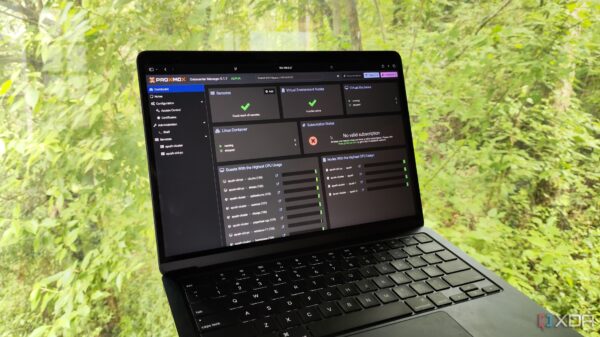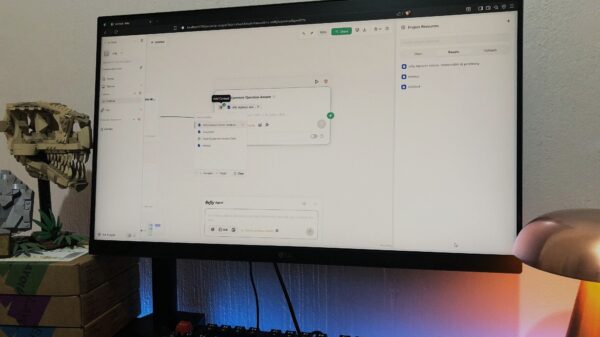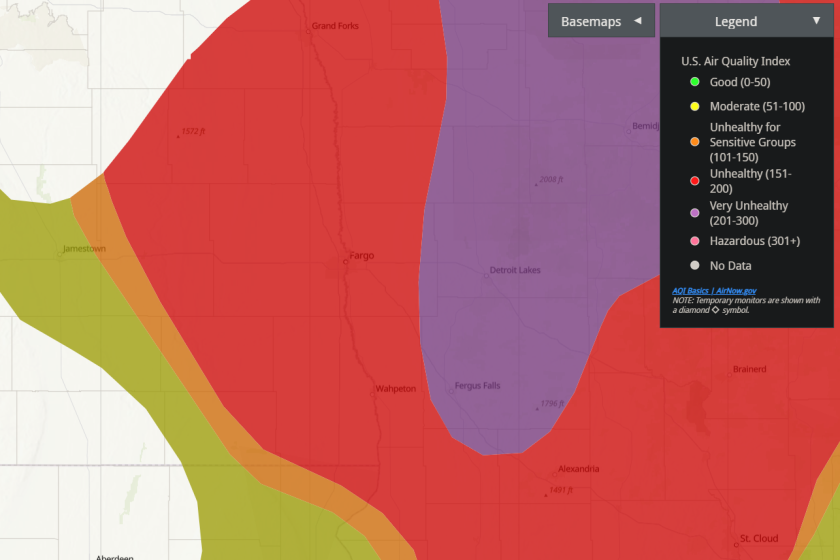Heavy ground-level smoke from wildfires in central Canada has drifted into North Dakota and Minnesota, resulting in significant air quality issues. Residents are facing health risks due to the hazardous air, prompting local health officials to issue warnings.
Dr. Christopher Anderson, an emergency physician with Essentia Health, highlighted the dangers associated with this pollution. He stated, “It’s harmful for everyone to some degree, but people we especially worry about are those with asthma, people with COPD, other chronic lung conditions, as well as very young people and our older folks.”
The Air Quality Index (AQI) is a critical measure for assessing air pollution levels. Ranging from 0 to 500, an AQI of 0 indicates clean air, while a reading of 300 or above signifies hazardous conditions. Currently, according to AirNow.gov, Fargo’s AQI is within the red to pink range, indicating that individuals with asthma and other heart and lung conditions should limit outdoor activities.
Dr. Anderson emphasized the importance of reducing physical exertion during this time. “The heavier or faster your breathing, the more air you’re taking in, and the more particles you’re inhaling,” he explained. He recommends that everyone, regardless of their health status, avoid strenuous outdoor activities until the smoke dissipates.
While many are heeding these warnings, others, like local performer Leandro Casas, continue their routines despite the poor air quality. Casas has been entertaining at the Red River Valley Fair and shared his perspective on adapting to the situation. “You learn how to be flexible, you know? And, yeah, it’s not the most comfortable thing. But, as entertainers, we’re here to bring joy,” he remarked.
Despite Casas’ determination, Dr. Anderson cautioned that individuals experiencing symptoms such as coughing, wheezing, or shortness of breath should seek indoor refuge. The air quality alert for all of Minnesota is set to remain in effect until 9 a.m. on July 14, 2024.
As the smoke continues to affect air quality in the region, health officials urge residents to stay informed and take necessary precautions. The current situation serves as a reminder of the health impacts associated with wildfire smoke and the importance of monitoring air quality for vulnerable populations.








































































